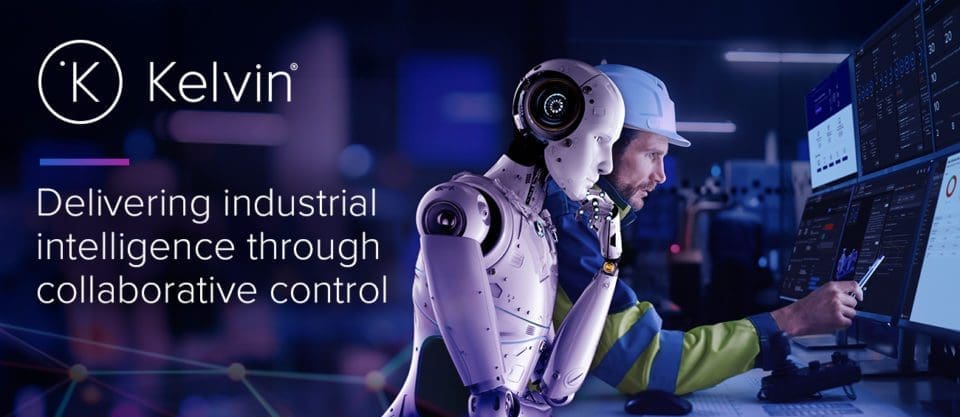If industrial intelligence solutions and services are not on your RADAR, they must be now. Industrial intelligence is the future. It is a booming sector that provides a business intelligence-based approach to enhance operations towards digitization within industries like manufacturing, energy, oil and gas.
For industries like oil and gas, industrial intelligence is a paradigm shift in successfully implementing digital operations to optimize production while reducing inefficiency and lowering costs.
Implementing digitization within oil and gas leverages the traditional method of implementing point solutions riddled with challenges. These programs often result in resource-intensive, time gutting exercises, unnecessary silos, and challenges.
From offshore to onshore, upstream to downstream, companies embarking on digital transformation journeys and attempts to digitize operations end up in analysis paralysis. Aggregating, analyzing, and acting on data stalls and operations reverts to a business as usual where companies rely on the experience of their most seasoned engineers and operators to drive production goals.
By the Numbers
The potential value of industrial intelligence within oil and gas is immense. According to studies, the rapid digitalization of oil and gas is set to boost the Energy and Petroleum (E&P) software market by over 15.4% CAGR by 2032.
This analysis shows that the global E&P software market is set to increase to a global value of US$ 42.8 Billion by 2032, with the deployment of the on-premise software segment jumping to a record 10.1% during the forecast period.
In several oil and gas markets, a catalyst towards industrial intelligence and the digitization of operations is the need for oil and gas companies to meet growing Environmental, Social, and Governance (ESG) mandates and global, regulatory-based challenges.
Turning Insights into Action
American Industrialist Jean Paul Getty once remarked that his secret to success was to rise early, work late, and strike oil. Implementing industrial intelligence to digitize operations empowers those who rise early and work late by ensuring they work better so that nothing, from extraction to distribution, is wasted when oil hits.
When addressing carbon reduction, failures and inefficiencies lead to increased carbon emissions.
Today, there are three steps in the industrial optimization process.
- Unify the existing data streams, historical data silos, and new sensor technologies.
- Analyze assets used to find patterns and derive insights.
- Action insights that help convert into control decisions.
Kelvin enables the Action layer through industrial intelligence that leads to time to value that engineers and operators can deliver.
- Empowering and connecting teams to work together using digital twin
- Breaking down silos within organizations and increasing speed to value
- Creating actionable insights to help make better control decisions
At Kelvin, our customers like bp achieved an impact that cut emissions by 74%, cut costs by 22%, and increased production by 20%. Across our customers, we have delivered over $100M in value and a 3x ROI.
Visit https://kelvin.ai to learn more!
With over 17 years of experience, Rohan Vaidyanathan is leading innovation as Head of Product at Kelvin. He leads the mission to build Kelvin's AI-driven industrial control applications platform. Rohan's experiences span Product Management at IBM for key strategic initiatives and technologies focusing on Data & Analytics, Watson Data Platform, decision optimization, AI governance, and Data Fabric. He has an MBA from UNC-Chapel Hill and a Bachelor of Engineering in Computer Science from the University of Mumbai.
Oil and gas operations are commonly found in remote locations far from company headquarters. Now, it's possible to monitor pump operations, collate and analyze seismic data, and track employees around the world from almost anywhere. Whether employees are in the office or in the field, the internet and related applications enable a greater multidirectional flow of information – and control – than ever before.





